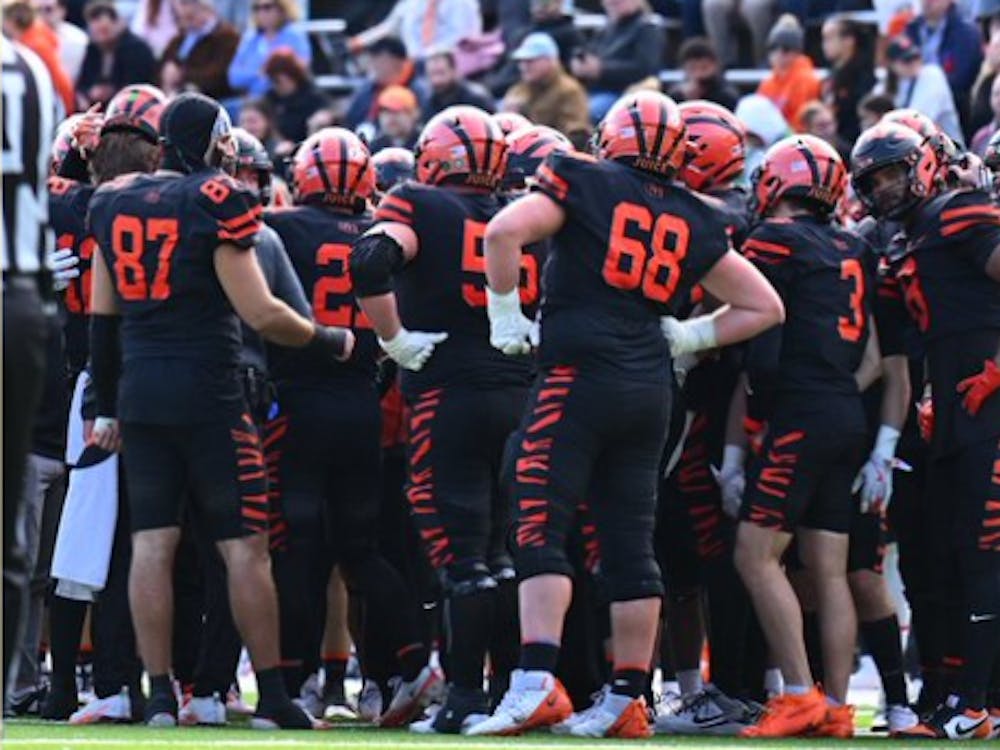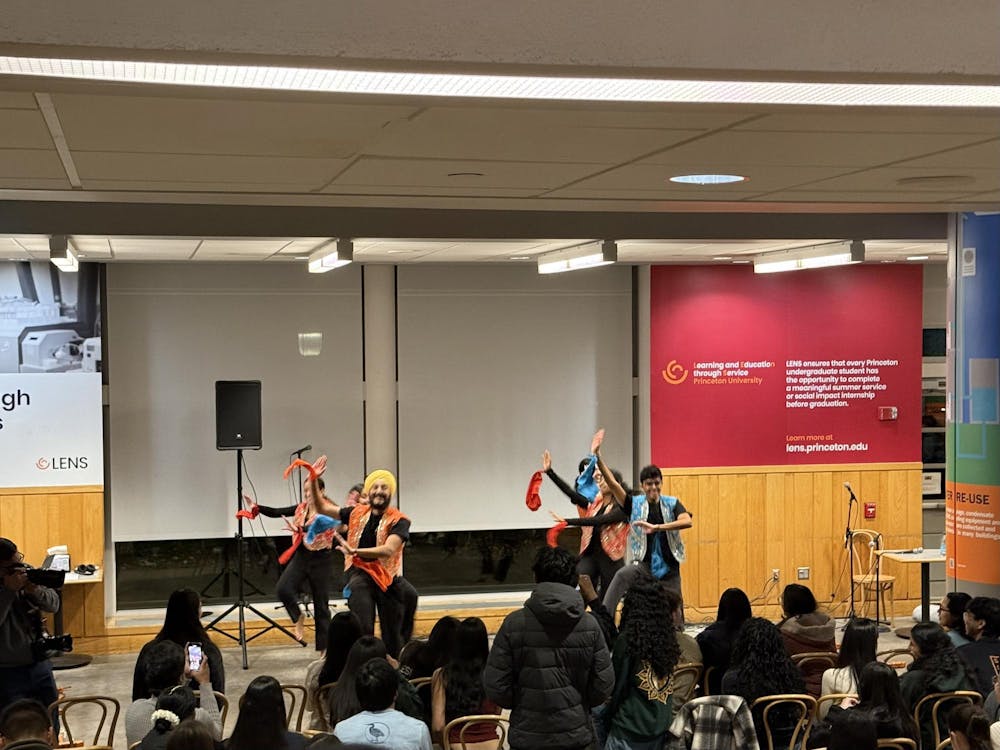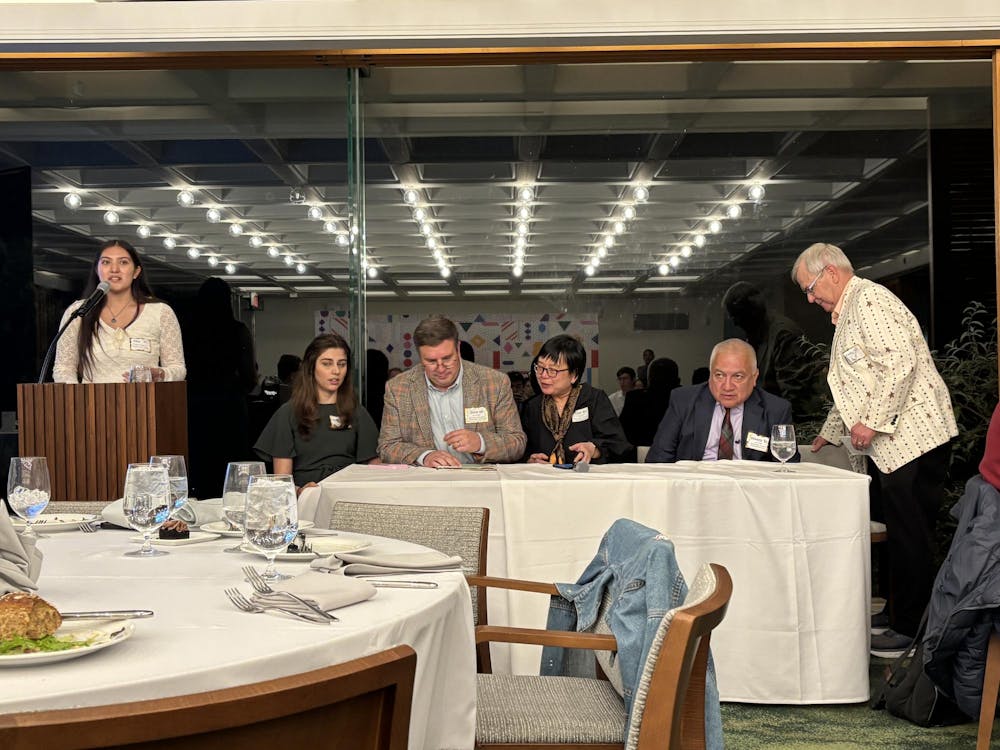During my tenure as the head Opinion editor at The Daily Princetonian, I received countless emails from alumni thoughtfully interacting with our content, supported writers as their arguments were warped in the national media, and was told my work was “boringly moderate.” The readership of the ‘Prince’ often has a lot to say. For a responsible journalist, this is thrilling — having your work read and contemplated is often a testament to a job well done. Yet the alternative can be just as true: the reporter is not always right, and audiences’ responses are crucial to identifying these failures. Truth-telling is a tricky business, and simply holding membership in the ‘Prince’ does not prove any inherent ability to conduct it. In recognition of this problem, the ‘Prince’ is changing to become more accountable and more accessible to the public it serves, in order to serve it better. This begins with establishing a public editor, a role in which I will be serving this upcoming year.
A public editor, known elsewhere as a news ombudsman or readers’ advocate, is an individual operating independently from the newsroom who holds a paper accountable to the highest level of journalistic standards. This work can take a number of forms: conducting reviews of internal processes within the newspaper, publishing critiques of bad coverage that has gone unnoticed and defenses of good journalism that may be maligned, and both privately and publicly responding to readers who find themselves dissatisfied with the machinations of the paper. The public editor is a liaison between a newsroom and its audience, serving as the ethicist for the former and a trust-builder in the latter.
However, the public editor seems to be woefully out of fashion. The New York Times established the role in their newsroom in 2003, following a scandal over a reporter who falsified numerous sources and committed consistent plagiarism. But the Times eliminated their public editor in 2017, claiming that growing social media use as a forum for public criticism made the position outdated. According to the Organization of News Ombudsmen & Standards Editors, the number of American papers with a public editor (or similar position) has steadily declined since reaching its peak of about 35 in the 1980s. PBS, NPR, and the Toronto Star are the most prominent North American news organizations supporting the role, and they find few companions. Many — indeed, most — serious, prolific, and inspiring news organizations operate without one.
But the contemporary state of media, both locally and nationally, should not be looked upon as an ideal. Amid mass layoffs, declining readership, and plummeting trust, few seem to know what benefits legacy news organizations can offer. As reported in the Washington Post this fall, many individuals who get their news from the internet do so through “independent online producers of news programming.” These producers often prefer partisanship to impartiality, make false conclusions based on shoddy and hasty research, and have no interest in conducting “original reporting,” according to the Post. Institutions, possessing the resources to conduct probing journalism and ethical standards to back it up, have become passé. Much of this is, or at least looks like, the newsroom’s own fault. With increased emphasis on including analysis alongside ‘pure’ fact since the turn of the century and apparently a decreasing ability to teach young readers how to distinguish opinion from news, institutions have failed to convince contemporary audiences both that they can be trusted to tell legitimate stories, and that this trust cannot be given to every person making news-like content. The Post reports, rightly, that many individuals view newsrooms as being in bed with those in power, rather than outsiders undertaking fair and diligent judgment.
This is one area in which a public editor can help. They hold papers accountable, acting as a judge to remedy concerns from external audiences, as well as bring a discerning eye to all coverage undertaken by the paper itself. With insider access to the newsroom and a high-level understanding of editorial decision-making, public editors have a clearer understanding of how to judge a paper than the average reader. All this is in the effort of building trust among the diverse communities a paper serves: allowing readers to know they are not simply subject to the whims and decisions of an uber-powerful establishment. A common critique of the Times, for example, is its liberal bent: the public editor was known for critiquing the way in which the paper disproportionately covered liberal politicians and may have used its power to meddle in democratic processes.
Unlike the Post or the Times, the ‘Prince’ can make no claim to being the last defense against democracy. Yet as the paper of record for Princeton — an institution with vast wealth and power — the ‘Prince’ has critical obligations. Coverage deals with campus affairs of the highest importance, from the lives of students accused of cheating and plagiarism to the inclusion and acceptance of LGBTQ students on campus. This reporting can have serious consequences — such as unearthing misconduct that eventually led to the dismissal of a professor. Thus, it is imperative that its writers, journalists, and creators undertake their mission seriously, in good judgment, and under appropriate guidance. This is what the public editor is here to ensure. As Jake Lefkovitz, former public editor at the Johns Hopkins News-Letter, wrote in 2020, “no authority is beyond challenge and [sic] usually no secret is innocent.” He extends that principle to his paper, and I will do so to mine.
Campus newspapers, like any other news organizations, are committed — and, by their very existence, obligated — to accurately, fairly, and rigorously cover the institutions with which they interact. The existence of these publications is important enough that striving for improvement is worthwhile. The creation of this role indicates that the decision-makers at the ‘Prince’ are committing to a process of self-improvement for the sake of making coverage of Princeton, its communities, and its individuals more trustworthy and thus more impactful. And if those promises fail to be kept? Well, then you’ll read about it right here.
Abigail Rabieh is a junior in the history department from Cambridge, Mass. She is the Public Editor at the ‘Prince,’ and writes to address issues of journalistic quality and ethics.
If you have questions or concerns regarding the paper’s coverage and standards, or would like to see her cover a particular issue, please contact publiceditor [at] dailyprincetonian.com.









